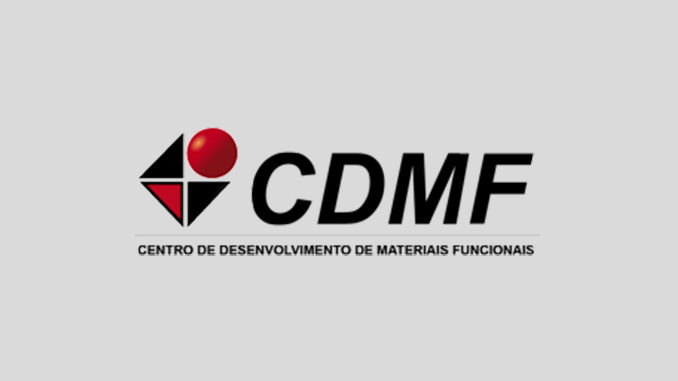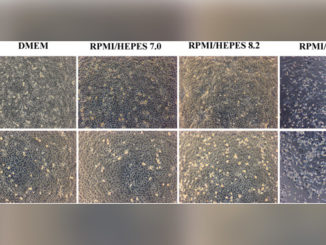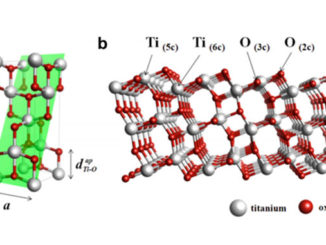
Writers: Fernanda E. Izumida, Eduardo B. Moffa, Carlos E. Vergani, Ana L. Machado, Janaína H. Jorge, Eunice T. Giampaolo
Keywords: acrylic resin; Candida albicans; Candida glabrata; Streptococcus mutans
Abstract: This study evaluated the effect of experimental coatings, containing zwitterion or hydrophilic monomers, on the adherence of Candida albicans, Candida glabrata, and Streptococcus mutans to an acrylic resin. Acrylic samples (smooth or rough surfaces) were left untreated (control) or coated with one of the following experimental coatings: 3-hydroxypropylmethacrylate (HP) or sulfobetaine methacrylate (S), at concentrations of 25, 30, or 35%. Half of the specimens were coated with saliva. The adhesion test was performed by incubating specimens in C. albicans, C. glabrata, and S. mutans suspensions at 37°C for 90 min. The number of adhered microorganisms was determined by metabolic activity (XTT) and by cell viability (CFU). All coated specimens exhibited lower absorbance and CFU values compared to control specimens. Saliva and roughness did not promote microorganism adherence. An XPS analysis confirmed the modification in the chemical composition of the coatings in the experimental samples. These experimental coatings significantly reduced the adherence of C. albicans, C. glabrata and S. mutans to acrylic resin.
DOI: 10.1080/08927014.2014.894028




